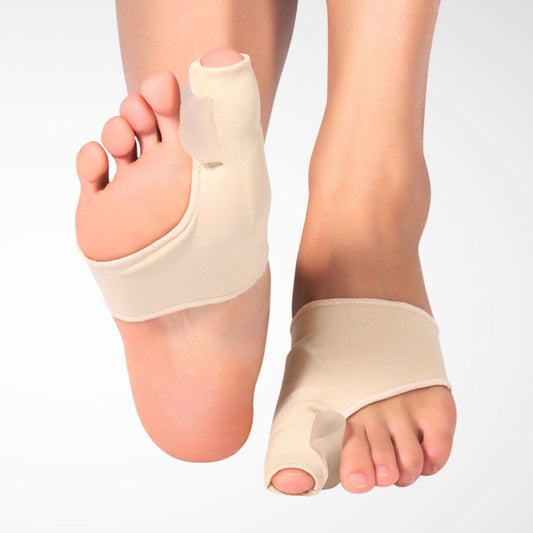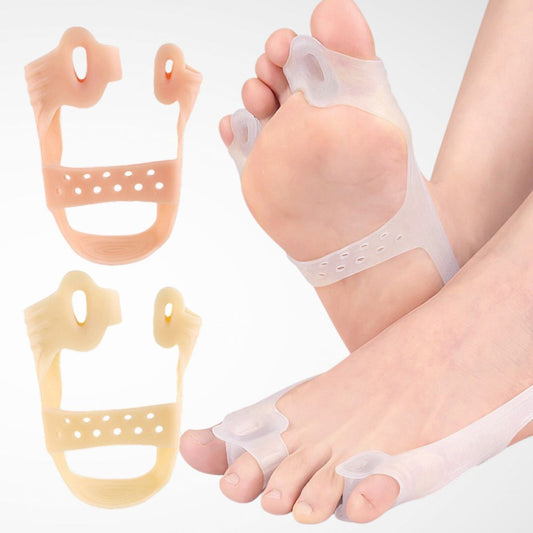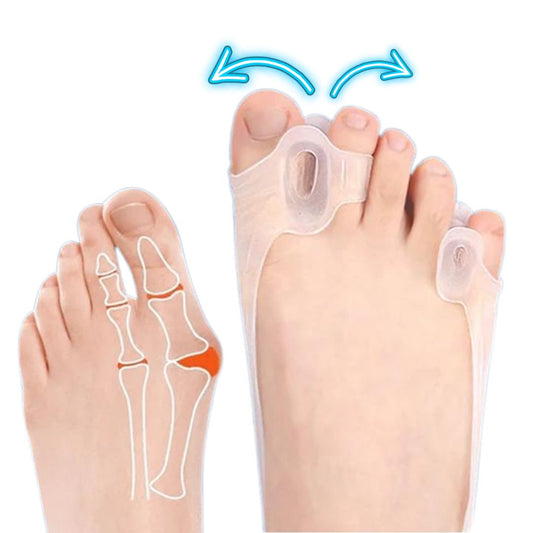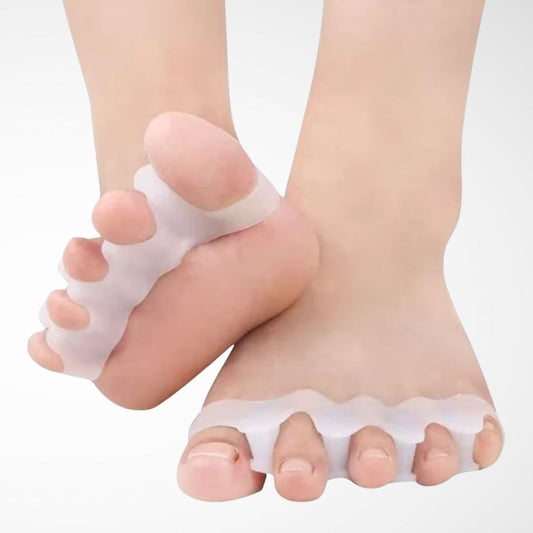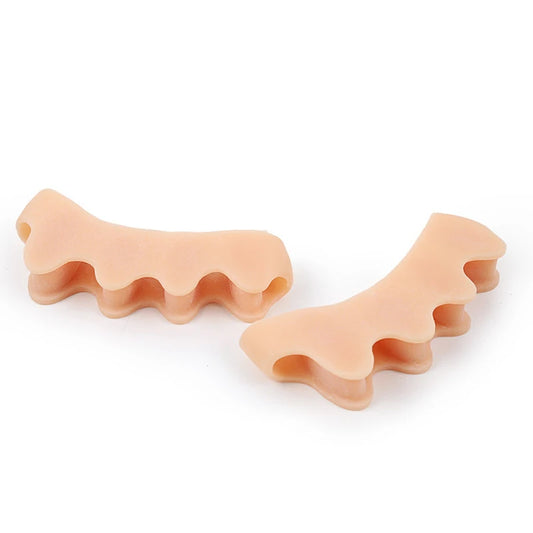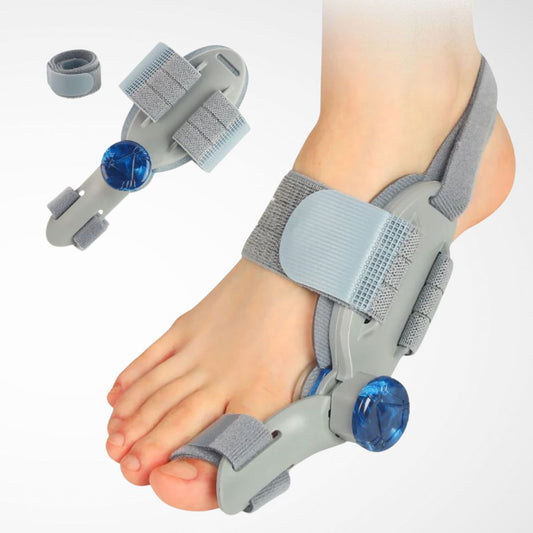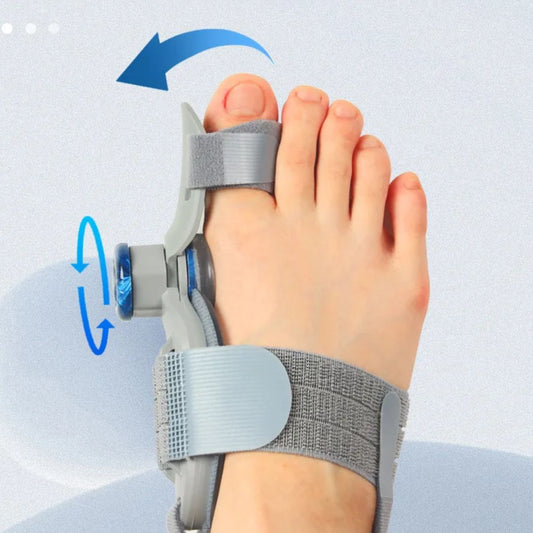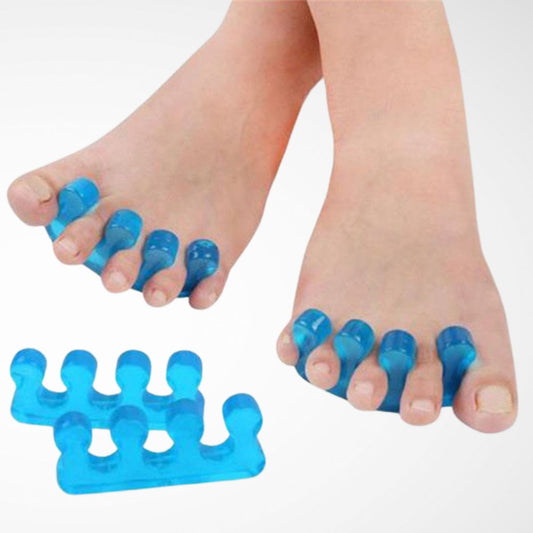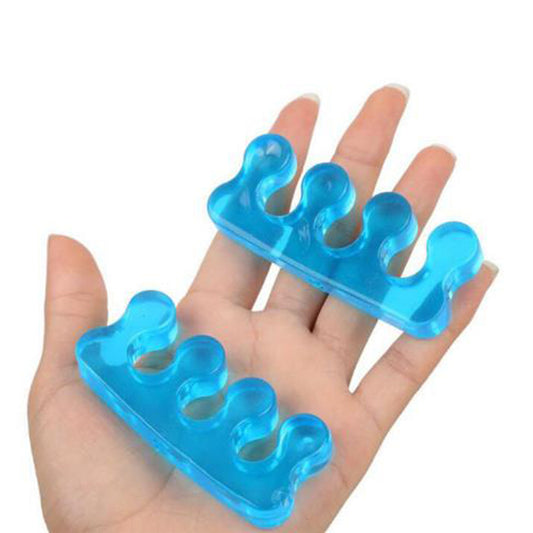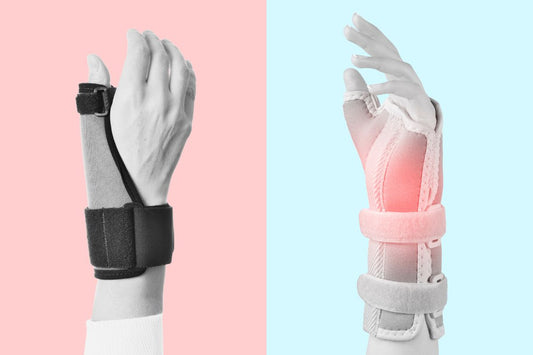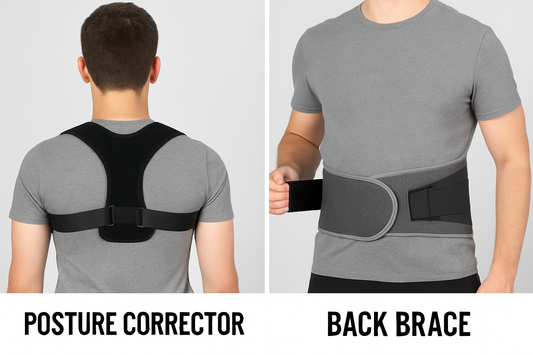Tailor's Bunion Treatment: Effective Solutions for Bunionette Pain
A tailor’s bunion (or bunionette) is not a serious condition, but it can cause discomfort for the patient, especially when walking or wearing tight shoes. If not treated early, the bump can become more swollen, leading to greater difficulties in treatment. So, how can you effectively treat a bunionette without surgery? Find out now!
What Is a Tailor's Bunion?
A tailor’s bunion, also known as a bunionette, is a bony lump that forms along the outside of the foot near the little toe. Although it is not as common as regular bunions, it causes similar discomfort for patients. This condition often occurs when you wear tight shoes and walk for extended periods, creating continuous friction around the little toe, leading to swelling. If tight footwear is worn for a long time without proper treatment, the pain will become more severe and harder to treat, and in some cases, surgery may be required for complete recovery.
Common Symptoms of Tailor’s Bunions
Tailor’s bunions have very distinct and easily recognizable signs. If you notice swelling, redness, or pain on the outer side of your little toe, with the bump gradually increasing in size over time, there’s a high chance you have a tailor’s bunion. The condition becomes even more noticeable if you frequently wear tight shoes, which can make the swelling spread and become harder to treat.
What causes Tailor’s bunions
Below are some common causes of tailor’s bunions:
-
Genetic Predisposition: A family history of bunions can increase the risk of developing tailor’s bunions due to a foot structure where the bone near the little toe protrudes outward, increasing contact with everyday footwear. This, in turn, raises the likelihood of developing tailor’s bunions. However, this cause is relatively rare.
-
Footwear Choices: This is the most common cause of tailor’s bunions. Choosing shoes with a narrow, tight fit can create constant friction. This is especially true for women who wear high heels with pointed toes that enclose the entire foot—while they may be stylish, they are not friendly to the bones of the little toe.
- Repetitive Stress: This is another major cause of tailor’s bunions. People who walk extensively in tight shoes or frequently engage in high-intensity sports are putting significant pressure on the bone near the little toe, leading to pain and swelling.
Non-Surgical Tailor's Bunion Treatment Options
If you have a mild case of tailor’s bunions that has not caused significant pain, you may consider some soothing non-surgical options such as:
- Use of Padding and Orthotics: Employ padding, splints, and custom orthotic inserts to alleviate pain and discomfort by providing support and cushioning to the affected area.
- Lifestyle Modifications: Make lifestyle changes such as avoiding high heels, maintaining a healthy weight, and engaging in foot-strengthening exercises to reduce strain on the feet.
- Professional Consultation: Visit reputable hospitals or clinics to have your bunionette examined. Doctors may prescribe topical or oral medications to reduce inflammation or relieve pain, or even develop a surgical plan if necessary.
Pain Management Techniques
Effective pain management is very important for those with conditions such as tailor’s bunions. You can apply various techniques to reduce discomfort and improve mobility. Below are some suggestions you can try, depending on the level of pain you are experiencing and the techniques you find most convenient:
- Ice Therapy: Applying ice packs to the affected area can reduce inflammation and numb the pain, providing immediate relief.
- Over-the-Counter Pain Relievers: Non-prescription medications like ibuprofen or acetaminophen can help manage pain and reduce swelling in the affected foot.
- Corticosteroid Injections: Injections of corticosteroids into the affected area can provide significant relief from inflammation and pain, especially for more severe cases.
- Physical Therapy: Engaging in physical therapy can strengthen the muscles around the foot, improve flexibility, and promote better alignment, helping to alleviate pain over time.
 When Is Surgery Recommended?
When Is Surgery Recommended?
Non-surgical treatments are not always effective. If you experience any of the following symptoms, there is a high chance that surgery may be necessary for complete recovery:
- Persistent pain that does not improve even when wearing wide shoes.
- Little to no improvement after using prescribed medications.
-
Abnormally large swelling or severe deformity of the bone near the little toe.
If you notice any of these signs, you should immediately visit the nearest medical facility for timely examination and treatment.
Types of Surgical Procedures
|
Surgical Procedure |
Description |
Recovery Time |
Ideal For |
|
Removal of the bony prominence (bunion) without realigning the toe, focusing on pain relief. |
4-6 weeks |
Mild cases where bone removal is sufficient. |
|
|
Realignment of the bones in the foot; involves cutting and repositioning the metatarsal bone. |
6-8 weeks |
Moderate to severe cases requiring alignment. |
|
|
Minimally Invasive Surgery |
Uses smaller incisions and advanced techniques to reduce tissue damage and promote quicker recovery. |
2-4 weeks |
Patients seeking less invasive options. |
|
Fusion of the joint to provide stability and relieve pain, often used for severe deformities. |
8-12 weeks |
Severe cases with joint instability or damage. |
Recovery After Tailor's Bunion Surgery
After tailor’s bunion surgery, patients typically need several weeks to recover, depending on the severity of the condition, their natural healing ability, and post-surgery care. To recover quickly and return to daily life, patients can follow these guidelines:
Rest and Elevation
After surgery, it is important to let the affected foot rest to promote healing. Elevating the foot helps reduce swelling and discomfort, while light movement can improve blood circulation. Try to keep your foot elevated above heart level whenever possible, especially during the first few days after surgery.
Pain Management
Effectively managing pain is essential for a smooth recovery. Over-the-counter or prescription pain medications can help relieve discomfort; however, if the pain is at a “tolerable” level, it’s best to minimize the use of such medications. Always follow your doctor’s recommendations for medication to ensure optimal pain control.
Physical Therapy
Participating in physical therapy can significantly support the recovery process. A physical therapist will guide you through suitable exercises to improve strength, flexibility, and range of motion in your foot. Starting therapy as recommended can help speed up recovery and prevent joint stiffness.
Footwear Modifications
Wearing suitable footwear after surgery is crucial for comfort and healing. Choose spacious, supportive shoes that accommodate swelling and prevent pressure on the surgical site. Avoid high heels or tight shoes until your doctor confirms your tailor’s bunion has fully healed.
Prevention and Long-Term Management
With today’s improved quality of life, people often focus on appearance, and fashionable, trendy shoes are highly favored. However, many overlook the hidden health risks they may pose. A stylish pair of high heels or trendy tight shoes can be uncomfortable to walk in, yet many are willing to wear them without realizing the potential medical issues they cause. As a wise consumer, gradually change your footwear habits by prioritizing comfort for your feet to avoid tailor’s bunions or even more serious conditions.
Frequently Asked Questions About Tailor's Bunion Treatment
1. Is Tailor's bunion curable?
While tailor's bunions can often be managed effectively with non-surgical treatments, complete resolution may require surgical intervention for more severe cases.
2. Why do I suddenly have a tailor's bunion?
The sudden appearance of a tailor's bunion may be due to a combination of factors such as tight footwear, increased physical activity, or underlying foot mechanics.
3. How to shrink tailor's bunions naturally?
Natural methods to shrink tailor's bunions include using ice therapy to reduce inflammation, practicing foot-strengthening exercises, and wearing wider shoes to alleviate pressure on the affected area.


